Why do coins have a ribbed edge
Categories: Economy | History | Technology
By Pictolic https://pictolic.com/article/why-do-coins-have-a-ribbed-edge.htmlIf you take a coin out of your pocket and examine it carefully, you will see that its edge, which is called the edge, has a notch. This detail cannot be called an innovation, since it appeared many centuries ago. Most coins in the modern world are made with a ribbed edge, which has no practical significance. Now it's just a tradition, but it has very interesting origins.
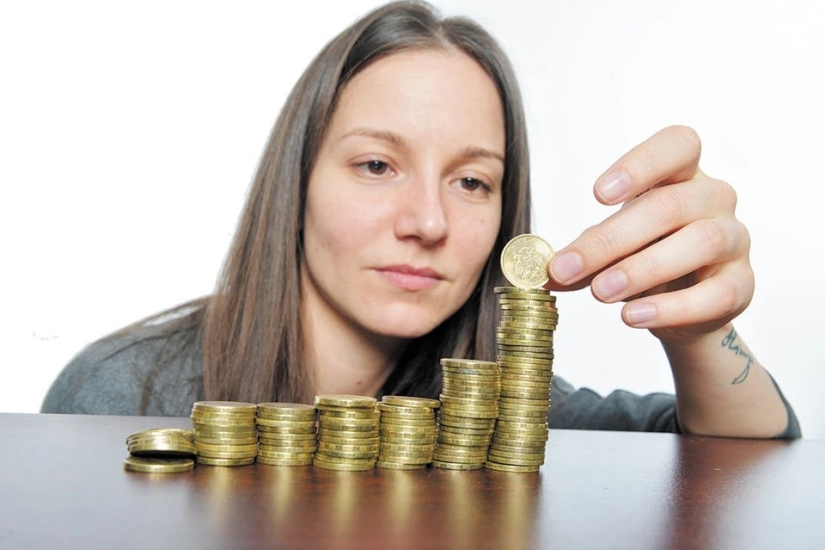
Once upon a time, the value of each coin was determined by the metal content in them. Small money was made of copper, and coins of solid value were made of silver and gold. Later, when precious metals began to be valued higher, alloys began to be used. But at the same time, the rule was still observed — the nominal value exactly corresponded to the weight of the valuable component.
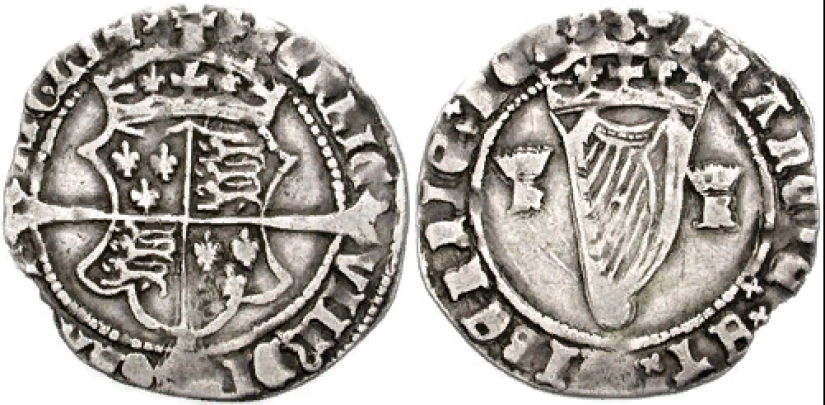
It is not surprising that there have always been people who have tried to cash in on this feature. The scheme was very simple — the attackers carefully cut off the edge of the coin, thus obtaining valuable metal. They made fake coins out of it, which were often indistinguishable from the real ones.
In medieval shops and money changers' offices, there were often scales on which coins were weighed. In this way, it was possible to identify those that had been processed. But counterfeiters sold their products not there, but in markets, in taverns and when paying with private individuals. Few people carried accurate scales with them and fakes were often taken at face value.
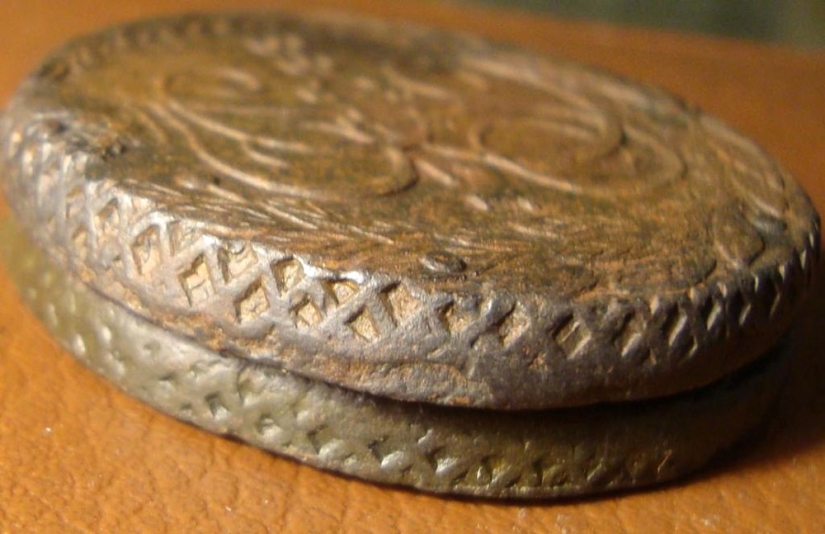
Such activity caused damage not only to the deceived sellers, but also to the state. Counterfeiting of money was always punished extremely severely, but the greed of criminals was stronger than the fear of death. But then a simple and original solution was found. Since the end of the 17th century, notches began to be applied to the edge of the coins, by which it was possible to determine that their edges were not cut off. They did not stop counterfeiting coins after that, but the life of counterfeiters became much more complicated.
The man who proposed such a wise decision was the great English scientist Isaac Newton. Science was not the physicist's main activity — he worked for many years as the keeper of the Tower Mint. It was the holy of holies of the economy of England, where the coins of the kingdom were minted and stored.
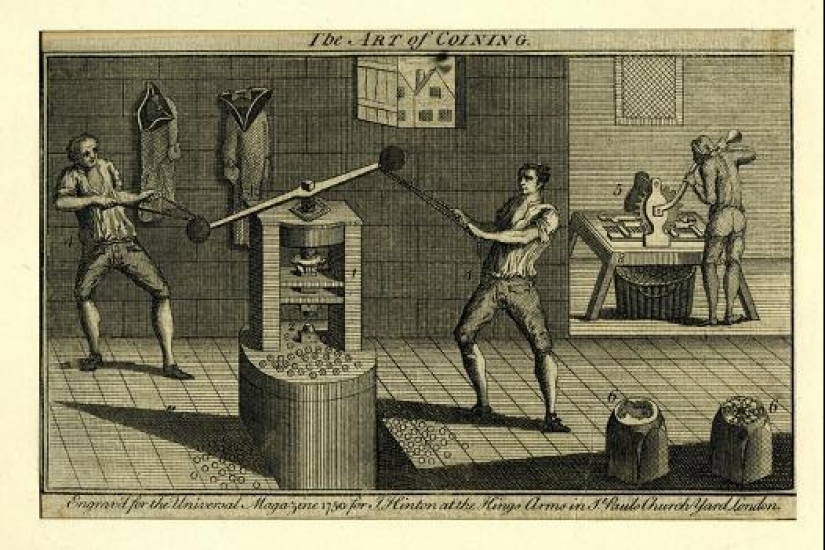
Attempts to protect money from counterfeiting have been made before. A century before Newton, in France, came up with the idea of putting inscriptions on the edge of coins. The first gold ecu with an engraving of the herd was released in 1577. Yes, such a solution was much more effective than just edges, because the inscription on the edge of a thin coin was more difficult to forge. But such work required more time and significantly complicated the mass issue of money.
Nowadays, inscriptions on the edge are applied infrequently. Here they can be seen on metal Soviet rubles of different years. In the UK, the motto "Decus et tutamen" is applied to the edge of the 1 pound sterling coin, which means "Beauty and protection" in Latin.
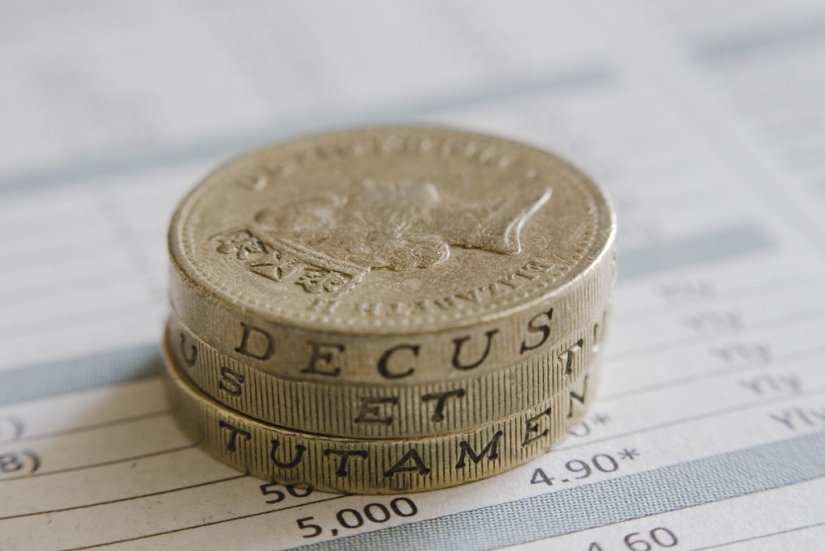
The edges on the edges of the coins are now nothing more than a tribute to tradition. Although they still help blind people distinguish a coin from a fake. Over the last century, due to the widespread use of paper and electronic money, the role of coins has significantly decreased. Despite this, they continue to be produced, including in unique, collectible versions.
Recent articles

Victor Lustig is considered one of the most skillful and famous scammers in the world. He was arrested about 50 times and released ...

A small apartment is not a sentence! On the contrary, this is an occasion to turn on imagination and come up with ways to stylishly ...

Each of us has heard at least once that "breakfast is the most important meal of the day." Spreading this truth is the work of ...